“It’s not about design, it’s all about the clothing,” states Faustine Steinmetz when we meet in her East London studio. In a large, light-filled room, surrounded by looms, her small team (which she calls artisans) and two adorable dogs, we sat down to talk about the current collection, her obsession with denim and old lady books.
Tell us a about your first fashion memories….
I grew up in Paris in a very fancy neighbourhood, in the 16th Arrondissement with my grandparents. That’s probably my first fashion memory; my grandmother with her very classic, beautiful outfits. A lot of Chanel and even if it wasn’t Chanel, it looked like Chanel. She would take me to Galeries Lafayette all the time to choose our clothes.
Did you always want a career in fashion?
No, I wanted to be an artist for a very long time but I did one painting and it didn’t work out – it was terrible. It was a black sheep and about how society is wrong or something quite ridiculous. Then I realised it was a bit too free for me. Art can be anything and I wasn’t comfortable with that. So I started cutting all my pairs of jeans, making my parents very mad. I looked terrible – I would make holes in the crutch of my jeans to make it into a jacket, I would take the pockets of the back of the jeans and make them into a bag that you put around your neck. I made a skateboard in denim also. I would always cut denim into other things until my parents said they wouldn’t buy me anymore jeans. For some reason denim was always my first choice.
What attracted you to denim?
It was since the beginning, it was always very natural. I think it comes from wanting to say something. Denim is this socially and culturally important piece – it’s the piece that everyone has in their cupboard no matter what.
You like your garments to talk about garments. Can you explain a little more about that?
When I made the tapestry jeans for SS14, it took us a month with ten people doing it. To me, it was a piece that talked about fashion in general, how this type of care would only be given to an evening gown. Just switching those codes makes you question the way you wear a garment and what are they for. For AW14 we hand wove with copper so that you can crunch it the way you like and they hold in place. It was all about making your clothes your own.
Tell us about AW14…
I’m trying to find what I want to say about fashion and what type of brand I want to be. I just really want to reproduce clothes that already exist because to me that’s the strongest. I’m not interested in fashion as such, its not about the silhouette, its about the actual piece. This collection was all about Issey Miyake Peats Please because I love this idea of a brand working with the same object over and over again but making it different every time and making these collectible pieces a bit like images that you collect, like the Spice Girl pictures you collected as a kid. It’s always about working with something that already exists and making a bit of a parody of it.
So it’s not about designing…
I’m trying not to, but at the end of the day I guess I’m a designer. It’s hard for me to resist doing a representation. So I will dye a fabric and it will come out as a beautiful accident – sometimes I will dip a fabric, by mistake, and it will create a beautiful gradient which I guess designing would be like, this is beautiful, lets do this but to me because it doesn’t have a meaning, even if it breaks your heart I have to cancel the idea. It’s all about the concept and what you have to say.
You put the name of the person who made the clothes in the label. Why is that so important to you?
I think they deserve it because they have spent so long making it. Someone has taken the care that would be part of the haute couture world into a pair of jeans. To me, that is what is strong about the brand. Not only eveningwear should be made with couture techniques. If you buy a piece of clothing that costs you more that £1000 it should be something you wear everyday, a bit more neutral and culturally, I think that jeans speaks to us more than dresses. You can’t go to the party two times in the same dress. This is a pair of jeans you can wear it over and over again. I think its important people know where its coming from. And they may not understand if they see a pair of jeans that’s really expensive in the shop, because anything can be made by a machine but someone has taken a week of their life to weave this for you. It’s all made traditionally. And also, those labels their inspired by the old couture labels, when they were still writing by hand the sizes, what has been done…
You studied in Paris then came to London to do your MA at Central Saint Martins. Is that where you got the idea for reproducing denim?
No actually, I’ve always worked around parodying other designers. Parodying sounds bad, but it’s about reproducing something someone has already done and show your version of that. In my MA I was working around Chanel and I was painting and sculpting Chanel bags and printing it onto the garments all made in plasticine. I made a little Chanel world in plasticine. That was really fun.
What was your BA graduate collection about in Paris?
That was very denim. I painted denim on denim, I painted denim on jersey, I knitted denim. It was more about drawing on clothes than actually making clothes. In France they teach you proper techniques, it’s our heritage so in our schools it’s a big point of focus. And my brain just can’t figure out those things, it was like geometry, but life size – it was a nightmare. So that’s why I started to work the material and that’s what lead me to be very textile orientated and to try to push the shape design to its minimum.
Tell me about the techniques you use…
I collect loads of old lady’s books. I love old lady craft, there’s this shop in Finsbury park that I love. Every time I see a technique that looks fun, I buy the book and then I go back to it. At the moment I am looking at rug making. That’s also how I learnt hand-weaving because you can find a lot of books, with different techniques.
What are your favourite techniques/materials?
I love sampling, going to the shop and looking at all the yarns around you. What stood out for me was the copper. Its 0.01, so you have to be very patient with it.
What has been your most intricate piece that took the longest to make?
Defiantly the tapestry jeans. I’d say about ten people and a month to make them. First I hand dye all the different yarns in different shades to create the different threads, like the orange thread of the jeans and the different tones. Already that was too much, I should have said stop. And then we had to print each part of the jeans on a canvas and all follow the same guidelines. I think it was about an hour a square centimetre.
We want to develop this new thing of creating artefacts that are not really made for selling, like an old couture piece. Our version of a capsule collection, or pre-collection. That Is really the way I see this brand – a little gathering of artisans together.
As demand grows, how do you plan to deal with orders if one piece can take up to a month?
We will adapt. AW14 for example, it’s still hand woven but its not hand dyed and there is no embroidery. My aim was to make something special with cutting some of the work. Although it will still take two days to weave a pair of jeans. I’m not scared of saying no and scared of being a small brand in the right places. I still think people should feel special when they wear the piece. I don’t want to be everywhere or collaborate with high-street people. I’m not scared of growing organically and slowly. I think next season will be about expanding the brand.
Faustine Steinmetz SS14 is available online from ln-cc.com. 
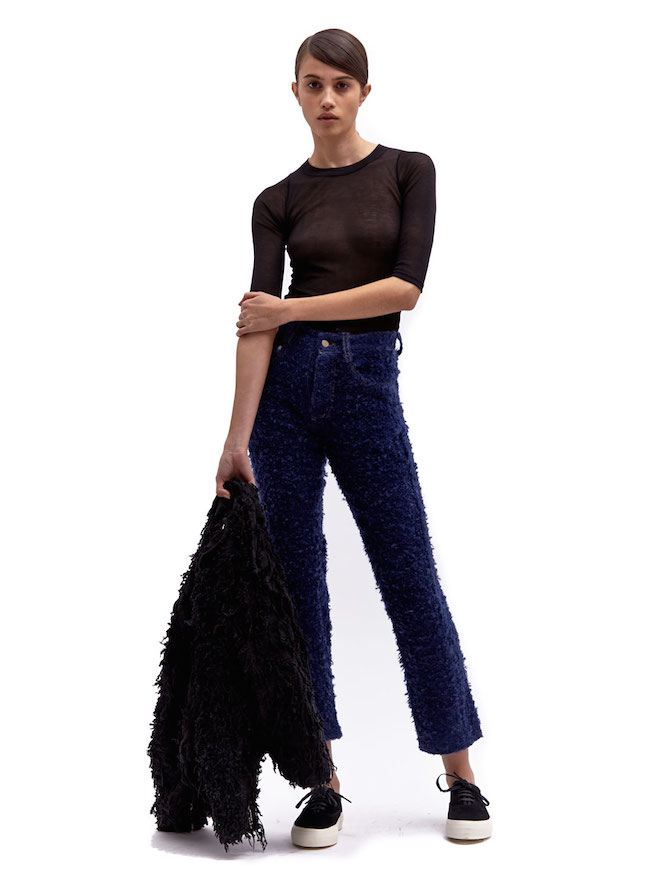
Tags: Faustine Steinmetz, LN-CC
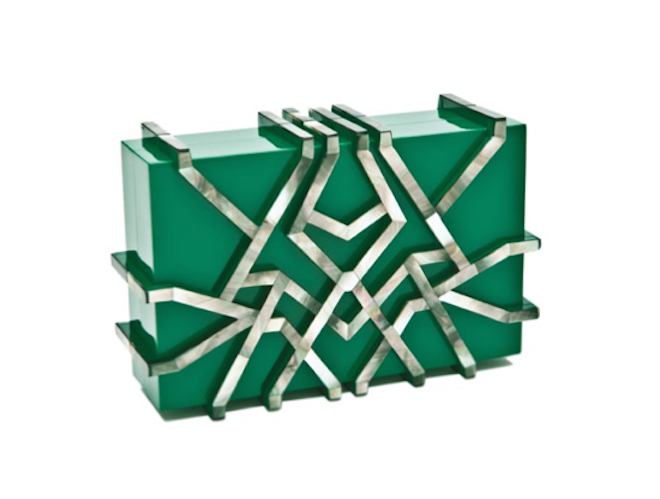
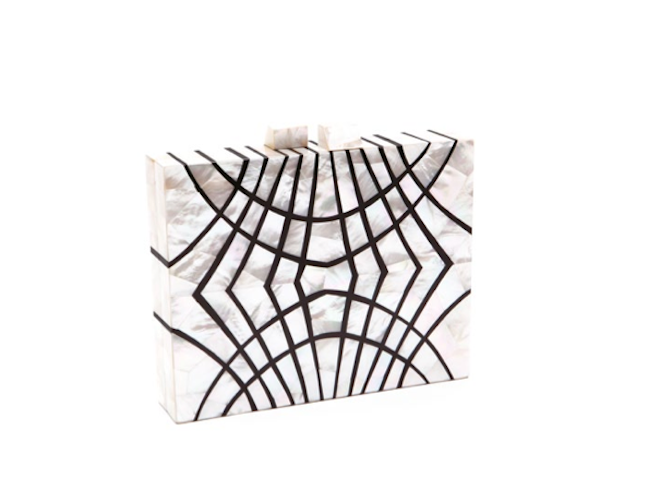

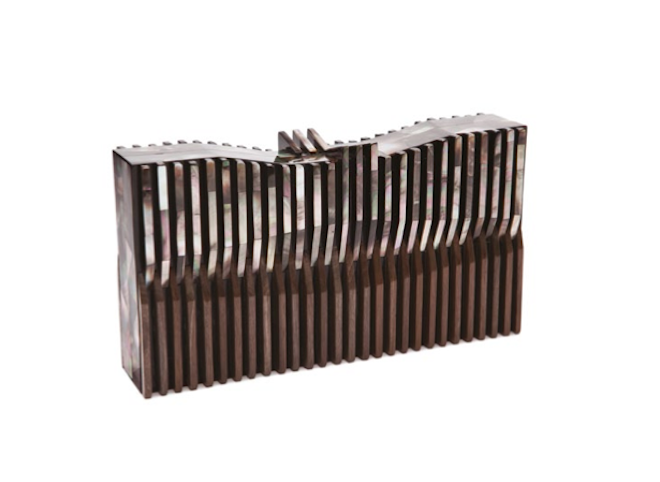


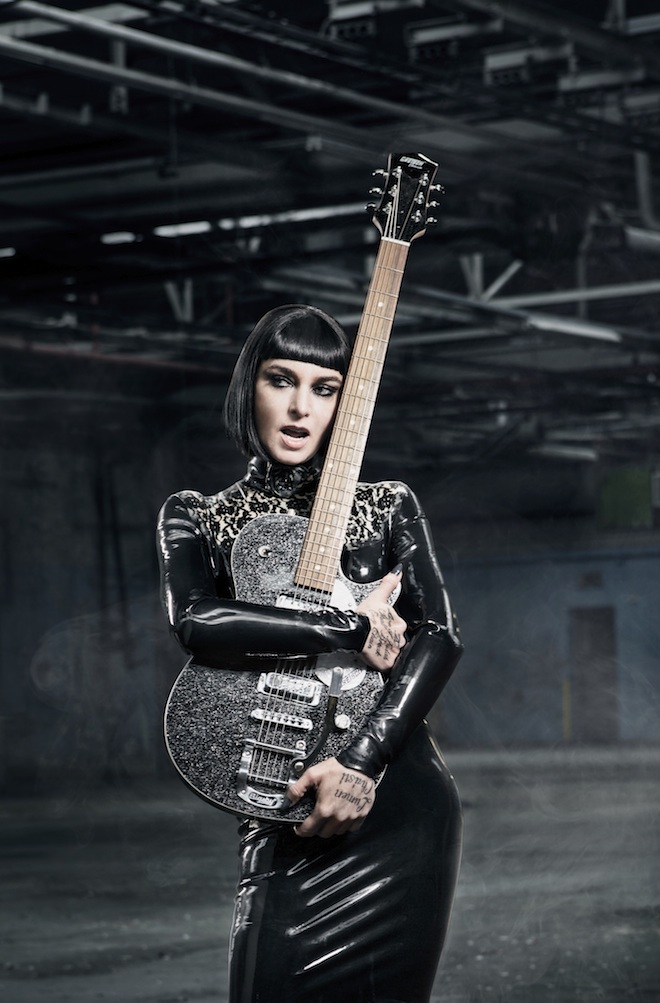




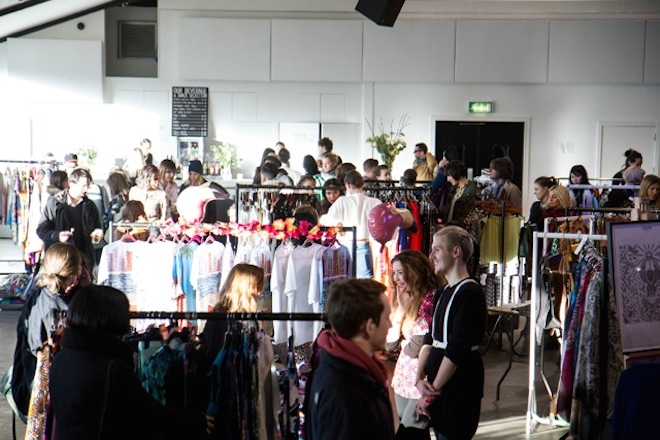
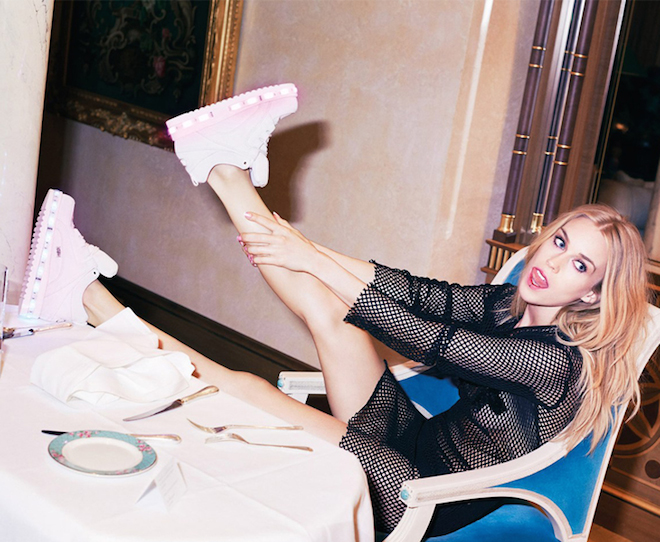





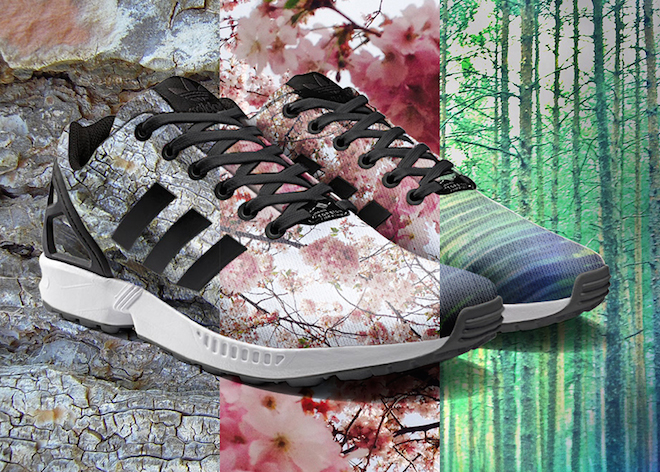
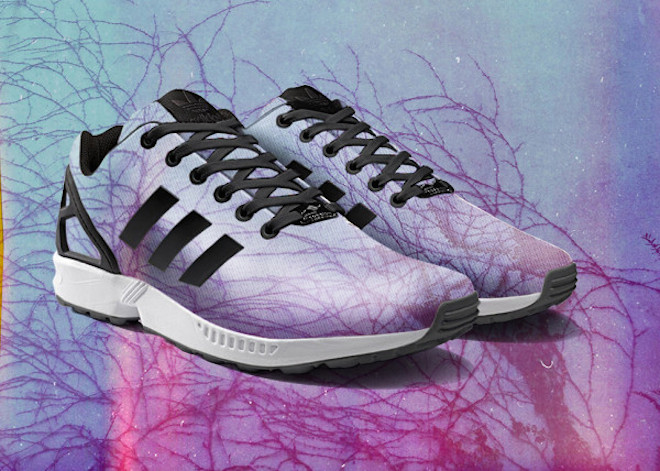

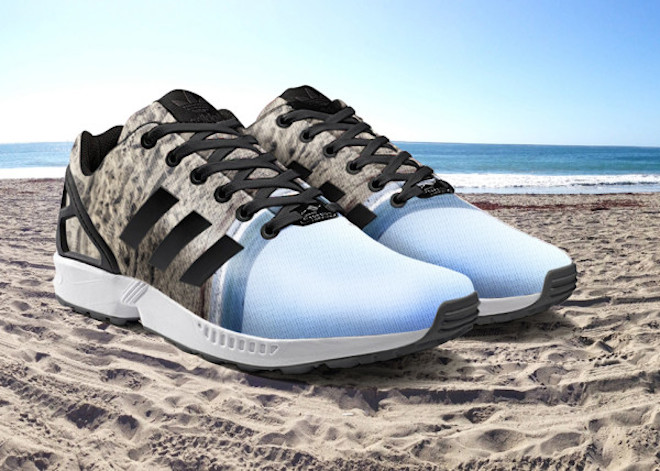




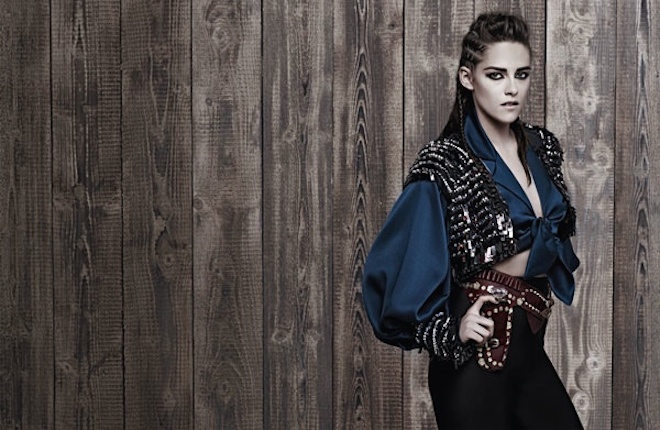


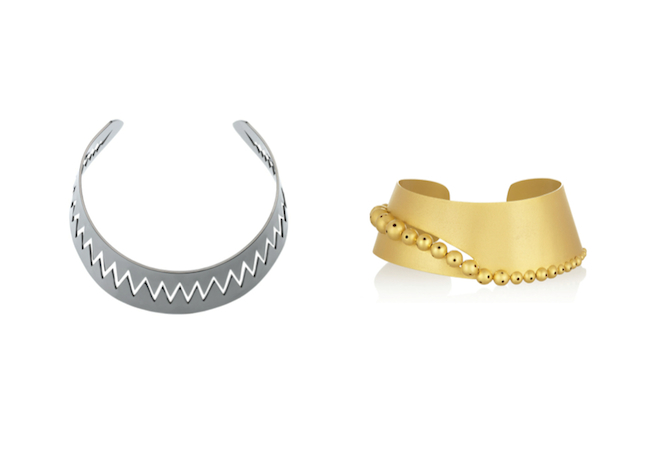




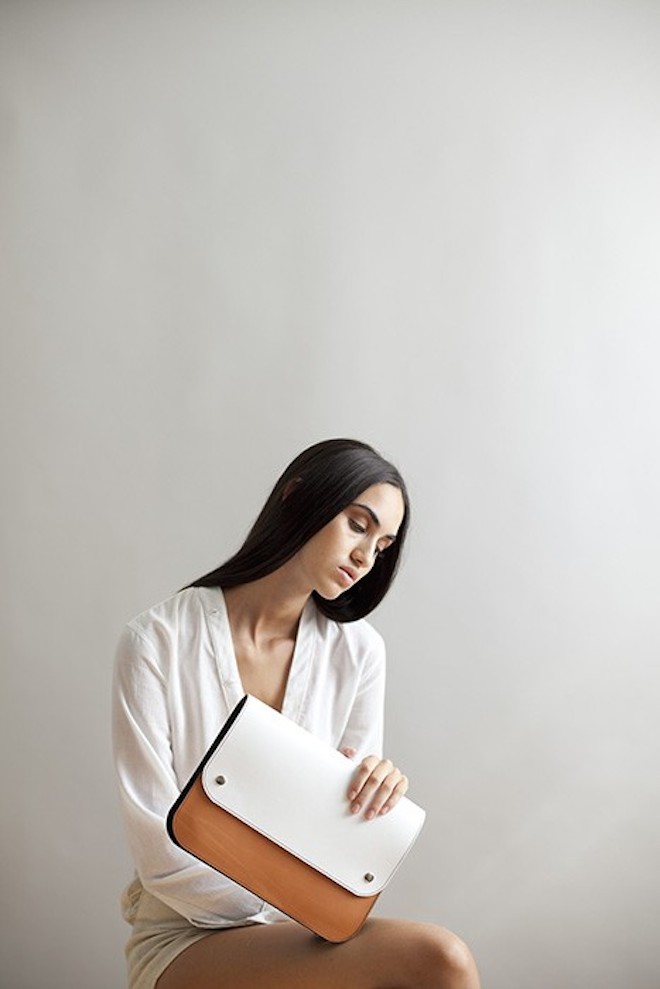

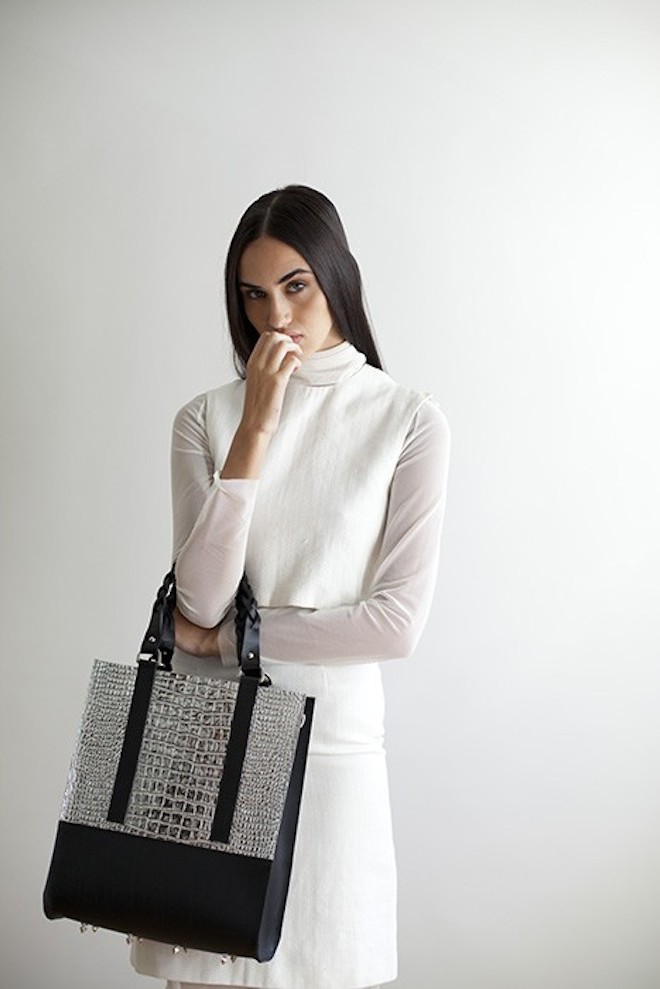
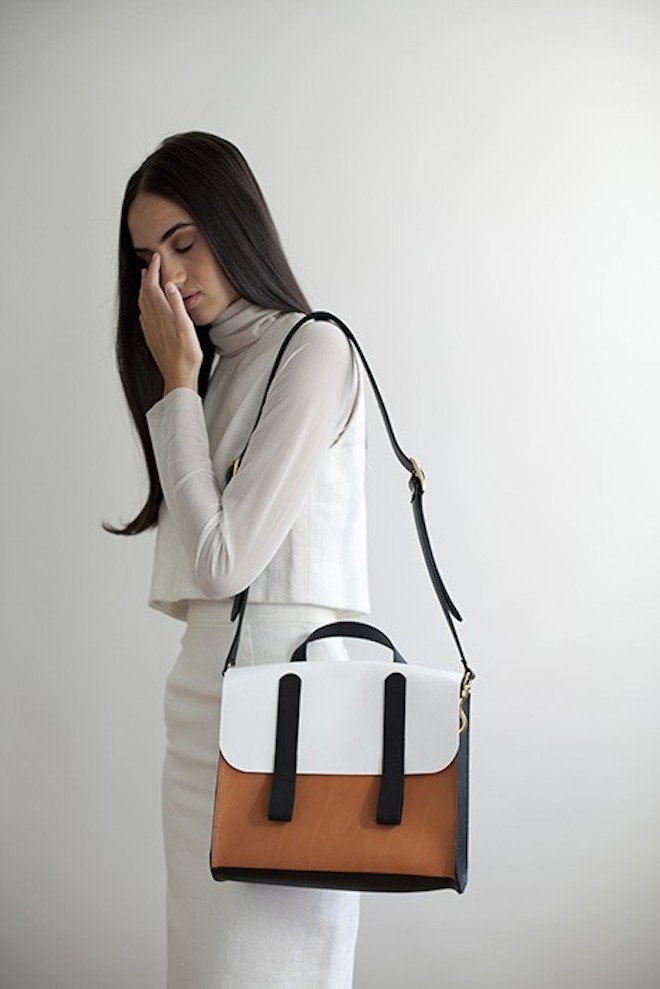

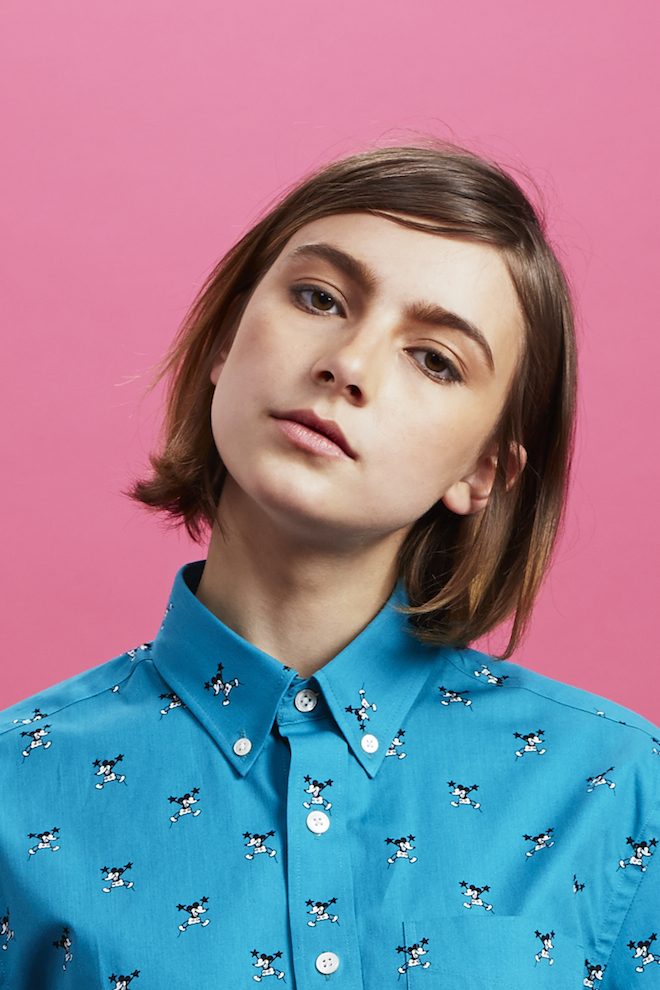
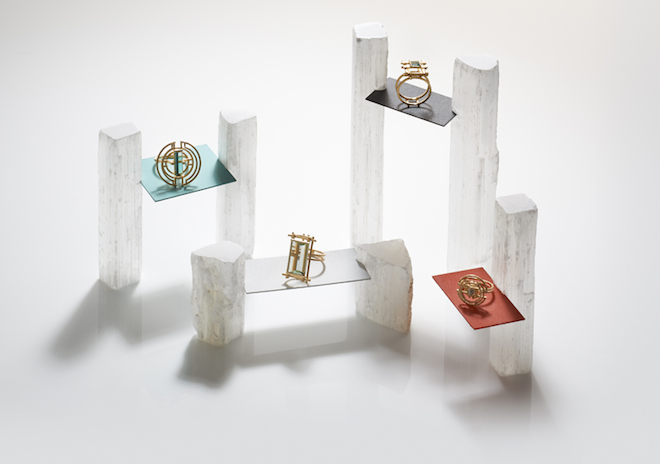
 PREVIOUS
PREVIOUS

 Twitter
Twitter
 Tumblr
Tumblr
 YouTube
YouTube
 Facebook
Facebook
 Instagram
Instagram
